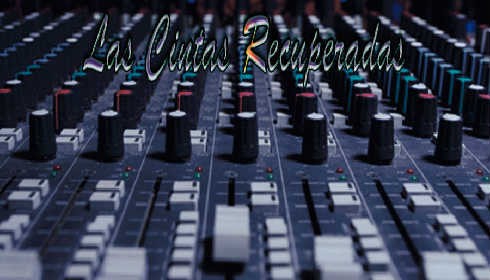01.Oshogbo
02.The Violet Hour
03.Twilight Lake
04.Scintilla
05.Happiness Road
06.Cousin of the Moon
07.Mood
08.A Vision of Pure Delight
09.Mystery
10.Spectral
11.Helix
12.Dream Garden
13.The Sphinx
14.Walking the Curve.
Adam Rudolph: percussion
Brahim Fribgane: oud, tarija
Graham Haynes: cornet, flugelhorn
Hamid Drake: drum set, frame drum
Kenny Wessel: guitars
Ned Rothenberg: shakuhachi, bass clarinet, bass flute, alto sax
Shanir Blumenkrantz: acoustic bass, sintir
Steve Gorn: bansuri, clarinet, Pakistani oboe.
They used to say that everyone who bought the first Velvet Underground record must have started a band. In time, we may come to realize that every jazz musician who moved into the area of World Music first caught the bug from Don Cherry's Mu, Brown Rice, or any of the other number of globally-minded records Cherry issued after he moved away from the post-bop free jazz of the Ornette Coleman and Albert Ayler quartets.
With his group Moving Pictures, percussionist Adam Rudolph (a Cherry alum) brings together several internationally-aware musicians to extend the tradition pioneered by Cherry. You would think Rudolph were a cornet or flautist himself, considering the generous space his compositions offer to Graham Haynes and Ned Rothenberg. From track to track, the horns ride on top of the steady, dipping rhythms of Brahim Frigbane's oud ("Walking the Curve ) or the assaultive polyrhythms originating from Hamid Drake's trap set ("Oshogbo ). Guitarist Kenny Wessel takes his place next to Haynes and Rothenberg, chopping along with the forward-driving momentum of Shanir Blumenkranz' bass ("Cousin of the Moon ) or supplying a repeated lick to support a Haynes solo ("A Vision of Pure Delight ).
The music on Dream Garden does not, however, entirely derive from the music of Don Cherry, whose work had an ethereal quality while, at the same time, generating the feeling that the instruments in play were strange and exotic and hands-on. By now, the instrumentation Rudolph employs isn't that unfamiliar and the recording process tends to smooth out the rough edges. But Rudolph listens to his own muse; she speaks with several different accents in a variety of languages and Rudolph doesn't need a translator.By JEFF STOCKTON.



No comments:
Post a Comment